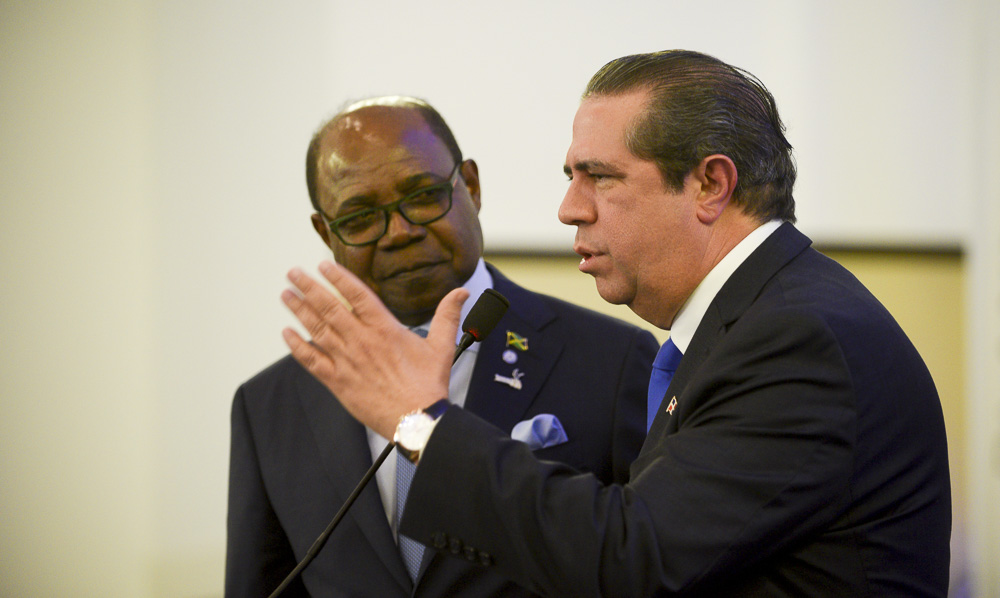This post may contain affiliate links. We may earn money or products from the highlighted keywords or companies or banners mentioned in this post.

As costs continue to rise for dental care in the developed world, more people are either foregoing essential dental treatment, or looking at more affordable alternatives, like dental tourism, for getting the treatment they need.
In the United States, even with President Obama’s Affordable Care Act which was designed to make insurance affordable for Americans with lower incomes, dental care is often not included. The American Dental Association have estimated that only around 5 million adults will gain oral health coverage as a result of Obamacare, which amounts to a negligible impact of only around 5 percent of the population.
It is a similar story in other parts of the English-speaking world. Patients in the UK, Ireland, Australia, New Zealand and Canada struggle to get affordable dental care, and although preventive care is modern medicine’s mantra many patients only attend a dentist when they have a problem. By this time, a small problem has often become a much bigger, more expensive one to fix.
Faced with a large dental bill and/or pain dental tourism is one of the alternative solutions for which has been growing in popularity, but does it offer a real alternative?
What is Dental Tourism?
Dental tourism is when patients from one country visit another country for dental care, typically because it is cheaper, or because the expertise is not available in their own country. In the past, it has usually involved travel to a neighboring country, but cheap and frequent air-travel means that farther-flung destinations are fairly easily accessible.
Most people think of dental tourism in terms of getting a major procedure, but more frequently people are booking in for cosmetic procedures, like teeth whitening, or veneers, when they are on holiday. Still more people opt to take care of their annual check-up while they are away, and should they need any remedial work, such as a filling, getting it done before they fly home, typically paying 80-90% less than what their dentist at home charges.
Where are the leading dental tourism destinations?
Thailand Dental tourism is one of Thailand’s leading areas in the medical tourism sector. The country has been a medical tourism destination for around 20 years, and as dental tourism is a sub-category of medical tourism, it is little wonder that Thailand is one of the most favored dental tourism destinations. All the major tourist hot spots, including Bangkok, Phuket, Chiang Mai and Pattaya have excellent dental tourism facilities located in convenient locations, such as beside the beach or in shopping malls.
Mexico is another hub for dental tourism, and is a particular favorite of Americans and Canadians. Mexico also offers a huge range of locations countrywide for dental tourists, including holiday hot-spots Cancun, Puerto Vallarta and Cabo San Lucas, the capital, Mexico City and along the Border in Tijuana, Mexicali and Los Algodones.

What is the quality of the care like?
A Medical Tourism patient survey in 2015 found that safety is the most important factor to patients choosing a medical tourism destination. While there are a good many people who have successful trips abroad for their dental or medical care, the media only tends to bring to our attention people who have encountered problems, particularly sub-standard care. At least this has made people more aware of the potential pitfalls of going overseas, and of ensuring that credentials of any clinics and dentists are bonafide and stack-up.
There are a number of ways this can be done – either by doing some background research yourself, or by booking with a medical tourism company, many of whom have already done their own checks and verifications, which you can then look up on their website. It’s important to remember that a number of different checks can give an overall picture of quality, and these may include looking at:
Dentist qualifications and training:
While training across the world may differ slightly, globalization and the establishment of international professional organizations have gone some way to unifying education and qualifications, so there is very little difference between countries now. Cross-border training also means that your dentist overseas may well be registered with dental association of your home country – which is particularly the case in Mexico where it isn’t unusual for Mexican dentists to be members of both the American Dental Association, as well as the Mexican Dental Association.
Facilities:
Many patients who travel to overseas dentists say the facilities are far better than they are used to at home. Because dental and medical tourism brings in a fair amount of money to the local economy, it is imperative that standards remain high to continue attracting overseas patients and so patient satisfaction is taken very seriously.
Clinics are ultra-modern and equipped with the latest technologies. Patient areas are comfortable and many provide additional services and facilities, such as spa treatments and free wi-fi. Most clinics cater very well for their foreign patients, especially English-speaking ones, and can be found in convenient tourist locations that are accessible to both business travelers and vacationers.
How much are the savings?
Most travelers can easily save 50% on the cost of their dental care by traveling abroad. A dental implant in the US can set you back $3,900, but will cost only $1,900 in Thailand, and around $1,300 in Mexico. At the other end of the scale a white, composite filling in the Unites States costs around $155, compared to $38 in Thailand and $51 in Mexico.
There’s no doubt that as people’s budgets are being squeezed they are looking for more ways to save money but without having to cut-down on things like their annual holiday. If globalization is about choice then certainly dental tourism gives people the opportunity to keep their oral health in check, without compromising on their luxuries.










